Second Lieutenant Owen Robert Baird
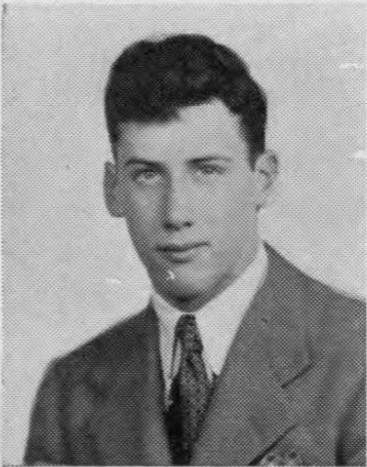
- Unit: Torpedo Bomber Squadron VMFA 232
- Service Number: O-37360
- Date of Birth: June 18, 1924
- Date of Death: July 11, 1945
- Hometown: Minneapolis, Minnesota
- Place of Death: Okinawa, Ryukyu Islands, Japan
- Award(s): Purple Heart, Air Medal, Distinguished Flying Cross
- Cemetery: Section P, Grave 599. National Memorial Cemetery of the Pacific, Honolulu, Hawaiʻi
Mentored by Mr. Christopher Griggs
Edina High School
2021–2022
Early Life
A Minneapolis Childhood
Owen Robert Baird was born in Minneapolis, Minnesota, on June 18, 1924, to Jessie and Stuart G. Baird. At the time of his birth, Baird’s mother was a stay-at-home parent, and Baird’s father was a salesperson. His younger brother, Stuart, Jr., affectionately called “Stu” or “Joe,” was born three years later. Baird and his younger brother were very close and participated in both high school football and track together.
Although the family frequently moved throughout Baird’s childhood during the Great Depression, they stayed within south Minneapolis. Baird attended Central High School, the first public high school in Minneapolis. Here Baird demonstrated outstanding leadership through his involvement in multiple clubs and sports teams, including the Junior and Senior Student Councils and the football, hockey, and track teams. He served as captain of the football team and was celebrated as a “hockey standout” and “track star” in his high school yearbooks.
Upon his high school graduation in January 1942, Baird began studying at the University of Minnesota. He also started work at Shuron Optical Company, an eyeglasses manufacturing company located on Nicollet Avenue. Nicollet Avenue was considered the “main street” of Minneapolis, and it was known for its many shops and bustling atmosphere. The original location of the Shuron Optical Company is now home to the IDS Center, the tallest building in Minneapolis.
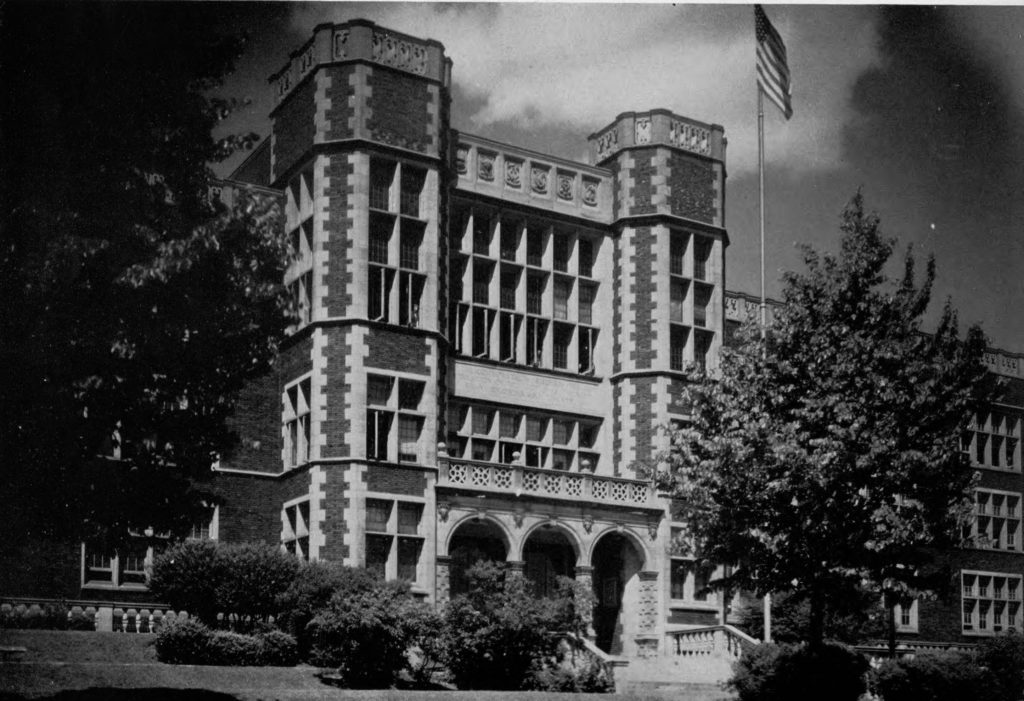
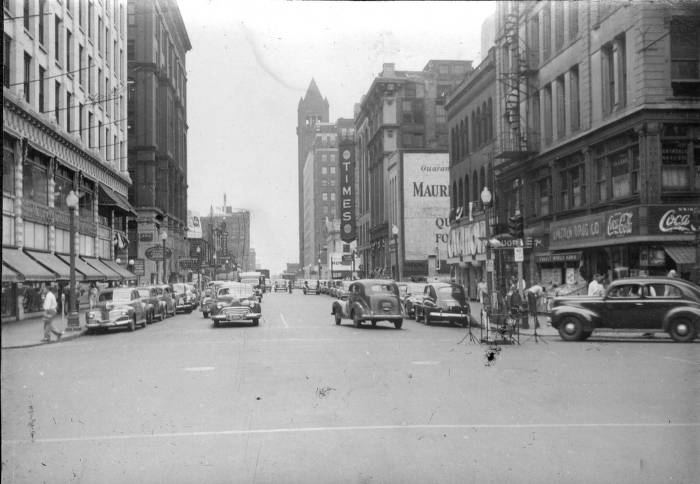
Homefront
Minnesota Takes Action
While Second Lieutenant Baird served in the Pacific Theater, many other dedicated Minnesotans worked to support the war effort. Numerous civilians took jobs at the Twin Cities Ordnance Plant manufacturing ammunition cartridges; in fact, at the end of World War II, the Twin Cities Ordnance Plant employed over 26,000 people, including 13,000 women. As a state with a thriving agricultural industry, Minnesota’s farmers provided crops to feed the nation and planted Victory Gardens to feed their local communities. Even street cars, a popular form of transportation, advertised the purchase of war bonds and stamps.
Large Minnesota-based companies also contributed significantly. Pillsbury and General Mills, two of the largest companies in Minneapolis’ successful flour industry, sponsored radio messages to boost morale. Cargill, a Minnesota food corporation, was hired by the U.S. Navy to build towboats and ships because of its optimal inland location that would keep it safe from an enemy attack. 3M, headquartered in St. Paul, manufactured “wet or dry strips,” which were used on the edges of plane wings to provide traction for people walking on them while conducting maintenance and repairs.
The University Contributes
The University of Minnesota adeptly adjusted its curriculum to incorporate useful information for wartime. For example, engineering students learned about the science behind explosives and the utilization of electromagnetic waves for transmitting code messages. The university also enlarged its Reserve Officers’ Training Corps (ROTC) facilities so that more people could be trained to serve in the military.
At the University of Minnesota School of Public Health, Professor Ancel Keys, a physiologist, developed portable and nutrient-rich food rations called K-Rations that were given to paratroopers and soldiers to provide quick calories. K-Rations typically consisted of meat, biscuits, a candy or cereal bar, and cigarettes, and were given to soldiers three times a day for breakfast, lunch, and dinner.
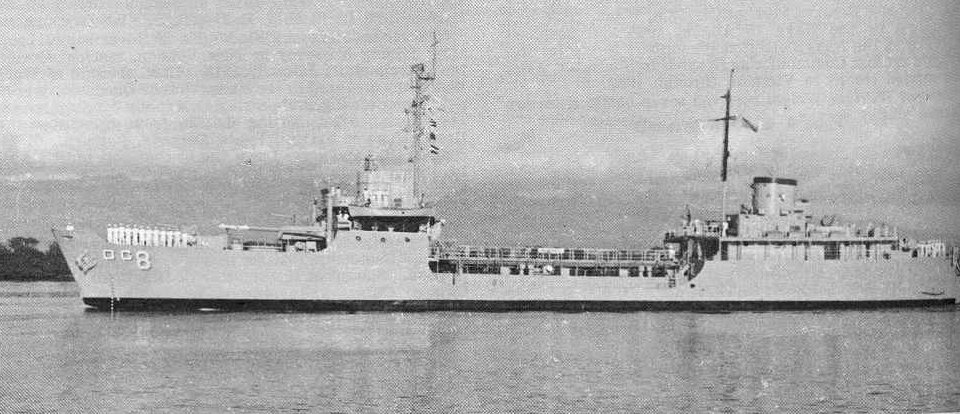
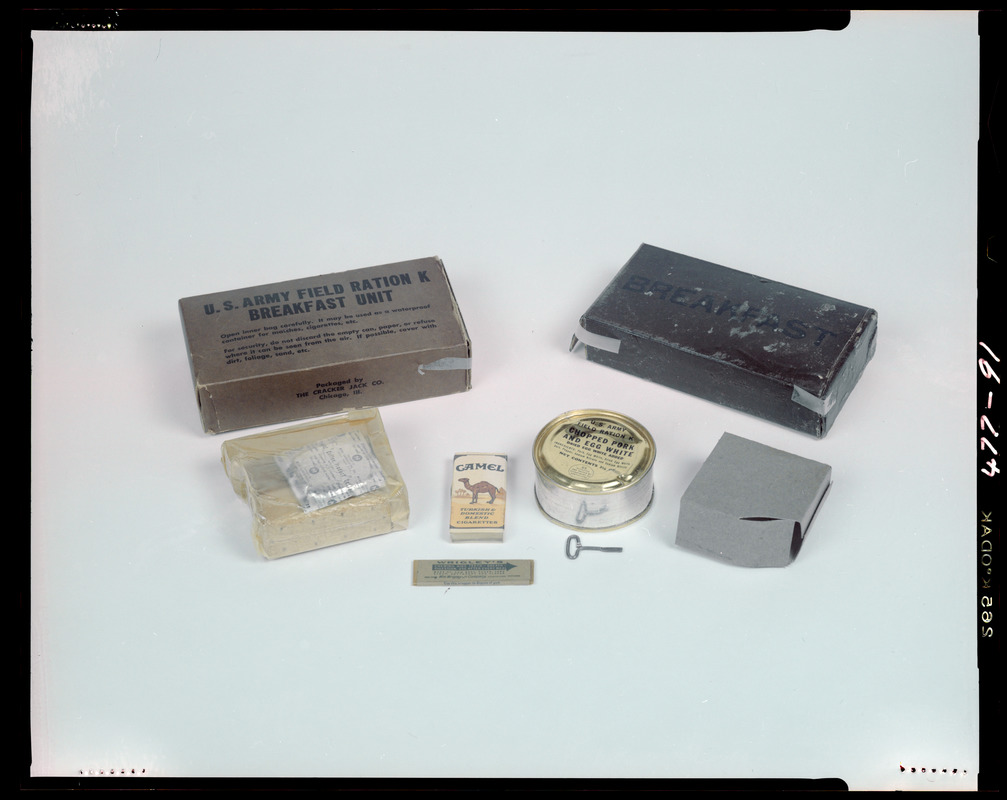
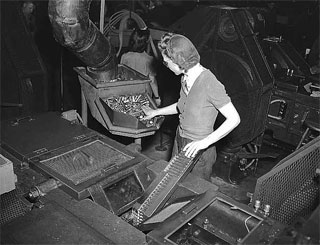
Military Experience
Preparing for War
Baird was drafted into the U.S. Navy in 1943. He received pilot training at the Pensacola Naval Air Station in Pensacola, Florida, and he earned his pilot’s wings in April 1944. After earning his pilot’s wings, Baird was transferred to the U.S. Marine Corps to serve in aviation. He was assigned to El Toro Air Base in Santa Ana, California, in August 1944. By this time, Baird had achieved the rank of second lieutenant.
Before leaving for the Pacific Theater, Second Lieutenant Baird married Beverly McNellis, his high school sweetheart and classmate at the University of Minnesota. The couple married on February 3, 1945, in Yuma County, Arizona, a popular place for military couples to wed due to its proximity to military bases and the efficiency with which a marriage license could be obtained.
Deployment to the Pacific
In March 1945, Second Lieutenant Baird deployed to the Pacific Theater. He was a member of the Marine Torpedo Bomber VMFA 232, stationed on the Japanese island of Okinawa in the Ryukyu Islands. Second Lieutenant Baird flew a TBM-3E Avenger Torpedo Bomber, a plane that was mass-produced by the United States military and was utilized in every significant air-sea conflict in World War II from June 1942 to August 1945.

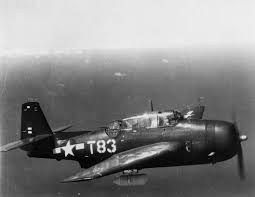
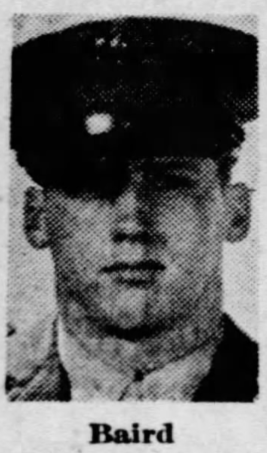
Eulogy
While flying over enemy territory to look for signs of surrender by the Japanese, Second Lieutenant Baird’s plane was shot down by ground fire on July 11, 1945. The war would end just two months later with the surrender of the Japanese military.
Second Lieutenant Baird was marked missing in action in July 1945, and his family was notified of his death during the holiday season of December 1945. Chris Baird, Second Lieutenant Baird’s nephew, described how his family was reluctant to talk about Second Lieutenant Baird’s death because of the enormous pain it caused them.
After the end of World War II, Baird’s former high school held a ceremony to memorialize the 125 young men killed while serving in the war. That day, it was said: “ . . . though their voices are silent, their courage is not spent, their faith is not extinguished. The courage of great men outlives them to become the courage of their people and the peoples of the world. It lives beyond them and upholds their purposes and brings their hopes to pass.”
In the 21 years that he lived, Second Lieutenant Owen Robert Baird touched the lives of countless people. He exemplified bravery, strength, and honor. His life and sacrifice for freedom will not be forgotten.
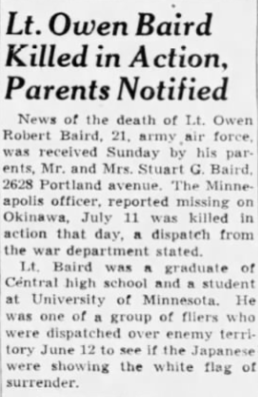
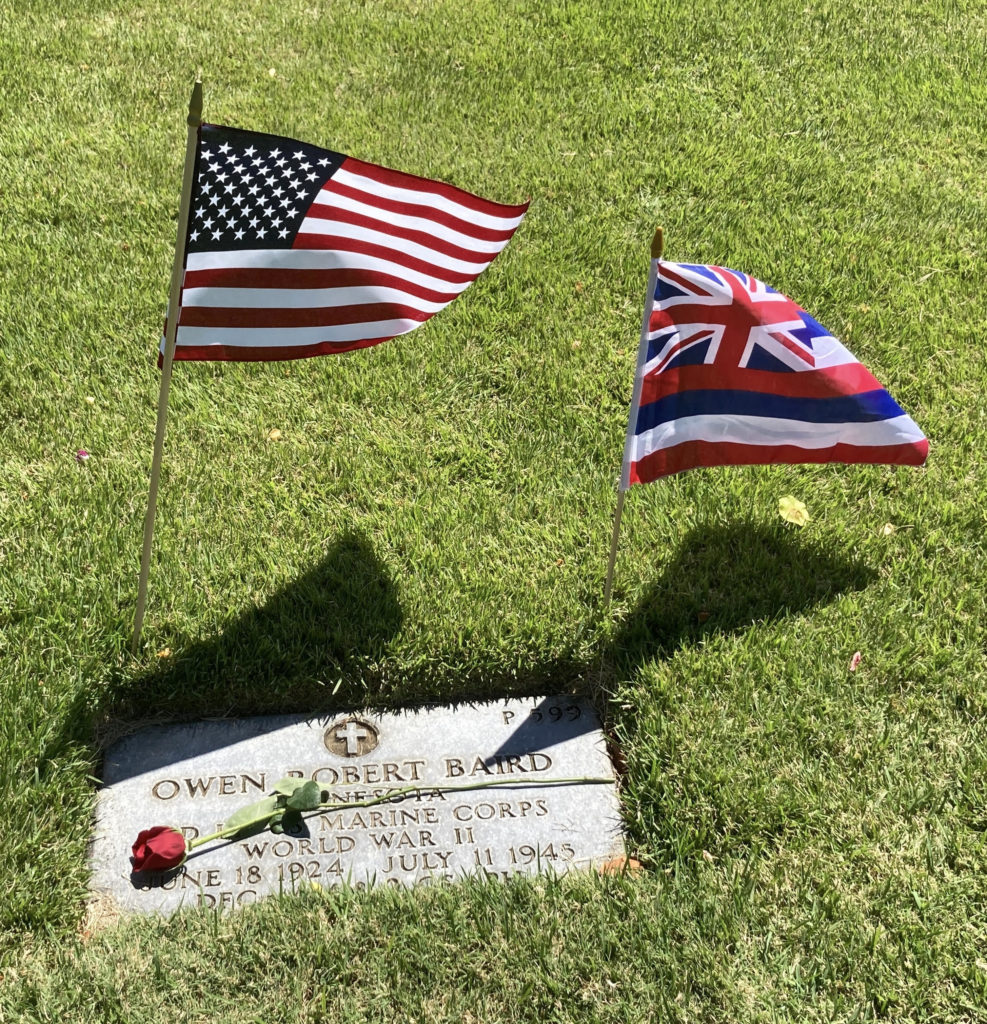
Reflection
The Sacrifice for Freedom®: World War II in the Pacific program was incredibly meaningful.
Through the group readings, I was able to gain a sense of context and understanding about the conditions that my Silent Hero, Second Lieutenant Owen Robert Baird, faced when he landed on Okinawa as an 18-year-old young man. When I began my research specific to Second Lieutenant Baird, I explored multiple online encyclopedias, databases, and archives, and I also visited my state and local historical societies. The enthusiastic staff were very helpful in locating information about Second Lieutenant Baird, and my interactions with them demonstrated the importance of exploring a diverse variety of resources during the research process. My teacher, Mr. Christopher Griggs, and I were also fortunate to meet with and interview Second Lieutenant Baird’s nephew, Mr. Chris Baird. Learning about the traumatic effect that Second Lieutenant Baird’s death had on his family allowed me to see a more personal element of history. It is easy to focus simply on dates and names in history, but I came to realize that individual stories and experiences can be the most powerful. Writing the eulogy for Second Lieutenant Baird and capturing his immense sacrifice, bravery, and valor in just a few paragraphs was difficult, but the expert guidance that I received from my program directors and teacher taught me the value of being willing to reach out for help.
When I began the in-person portion of the program, it was amazing to meet my peers and their teachers, whom I had previously known only by their profile pictures and online posts. As we traveled to each historical site, I saw the significance of studying events in the locations where they took place. Being with such a passionate group of students, teachers, National History Day leaders, and knowledgeable tour guides made it even more memorable, and seeing how each person’s experience shaped their view of history was inspiring. Stepping up to present my eulogy at the National Memorial Cemetery of the Pacific, I felt a sense of patriotism and gratitude for the immense sacrifice that so many have made and continue to selflessly make. It was moving to hear my peers share their thoughtful eulogies about the Silent Heroes that they had come to know, and it has motivated me to continue learning and sharing the stories of Silent Heroes throughout history.
Bibliography
Primary Sources
“45 State Marine Pilots Blast Japs from Okinawa.” Star Tribune [Minneapolis, Minnesota], August 5, 1945. Newspapers.com (182928412).
Baird, Chris. In-person interview. March 27, 2022.
Central High School. The 1941 Centralian. Minneapolis. Hennepin County Yearbook Collection, Hennepin County Library.
Central High School. The 1942 Centralian. Minneapolis. Hennepin County Yearbook Collection, Hennepin County Library.
Central High School Documents. Hennepin History Museum.
“From the Archives: Central High, The First Public High School in Minneapolis.” Hennepin History Museum. Accessed March 5, 2022. https://hennepinhistory.org/from-the-archives-central-high-the-first-public-high-school-in-minneapolis/.
“Lt. Owen Baird Killed in Action, Parents Notified.” Star Tribune [Minneapolis, Minnesota], December 24, 1945. Newspapers.com (182773624).
Miller, Kathleen. Telephone interview. April 6, 2022.
Minnesota. Hennepin County. 1930 U.S. Federal Census. Digital Images. ancestry.com.
Minnesota. Hennepin County. 1940 U.S. Federal Census. Digital Images. ancestry.com.
Owen Robert Baird Document Collection. Edina Historical Society.
Owen Robert Baird. Minnesota, U.S., Birth Index, 1900-1934. ancestry.com.
Owen Robert Baird. National Cemetery Interment Control Forms, 1928-1962. Digital Images. https://ancestry.com.
Owen Robert Baird. U.S. Navy Casualties Books, 1776-1941. Digital Images. https://ancestry.com.
Owen Robert Baird. Rosters of World War II Dead, 1939-1945. Digital Images. https://ancestry.com.
Owen Robert Baird. World War II Draft Cards, Young Men, 1940-1947. Digital Images. https://ancestry.com.
Owen Robert Baird. World War II Navy, Marine Corps, and Coast Guard Casualties, 1941-1945. Digital Images. https://ancestry.com.
A U.S. Marine Corps Grumman TBM-3E Avenger of Marine Torpedo Bomber Squadron 234 (VMTB-234) assigned to the escort carrier USS Vella Gulf (CVE-111), in flight. Photograph. 1945. U.S. Navy National Memorial of Naval Aviation (1996.253.1597). commons.m.wikimedia.org/wiki/File:TBM-3E_Avenger_VMTB-234_in_flight_1945.jpeg
Zalusky, Joseph. Intersection of 4th St. and Nicollet Ave. Photograph. 1940s. Joseph Zalusky Collection, Hennepin County Library (Z067). https://digitalcollections.hclib.org/digital/collection/JZalusky/id/65/.
Secondary Sources
“2LT Owen Robert Baird.” Find a Grave. Accessed October 24, 2022. https://www.findagrave.com/memorial/97844236/owen-robert-baird.
Atkins, Annette. Creating Minnesota: A History from the Inside Out. St. Paul: Minnesota Historical Society Press, 2008.
“Battle of Okinawa.” HISTORY®. Updated October 29, 2009. Accessed October 24, 2022. https://www.history.com/topics/world-war-ii/battle-of-okinawa.
Caldwell, Bill. “University Assists WWII Efforts.” The Minnesota Daily, June 4, 1996. https://mndaily.com/233688/uncategorized/university-assists-wwii-efforts/.
“History of the DNAS Museum.” DeLand Naval Air Station Museum. Accessed October 24, 2022. https://www.delandnavalairmuseum.org/history.html.
“Keeping the Home Fires Burning-Learn More.” Minnesota Historical Society. Accessed October 24, 2022. https://www.mnhs.org/mgg/war/home-front/learn-more.
“Manufacturing ammunition, Twin Cities Ordnance Plant, Arden Hill.” Minnesota Historical Society. Accessed October 24, 2022. https://www.mnhs.org/mgg/artifact/tcop.
Millett, Larry. “Nearly a Dozen Smaller Minneapolis Buildings Were Razed for the IDS Center. The City’s Better for It.” Star Tribune [Minneapolis, Minnesota], February 14, 2020. https://www.startribune.com/nearly-a-dozen-smaller-minneapolis-buildings-were-razed-for-the-ids-center-the-city-s-better-for-it/567879522/.
“Minneapolis Flour Milling Boom.” Minnesota Historical Society. Accessed October 24, 2022. www.mnhs.org/millcity/learn/history/flour-milling.
“Owen Robert Baird.” National Cemetery Administration. Accessed October 24, 2022. https://gravelocator.cem.va.gov/ngl/index.jsp.
Schwartz, Marshall. Edina Veterans Memorial: A Lasting Tribute. Edina: Edina Historical Society, 2017.
Towne, Douglas. “The Best Little Hitchin’ Post in Arizona.” Phoenix, January 31, 2020. https://www.phoenixmag.com/2020/01/23/the-best-little-hitchin-post-in-arizona/.
Wurzer, Cathy. “Minn. Companies Helped Fight WWII in Surprising Ways.” MPR News. July 13, 2019. https://www.mprnews.org/story/2010/06/15/minn-companies-helped-fight-wwii-in-surprising-ways.

